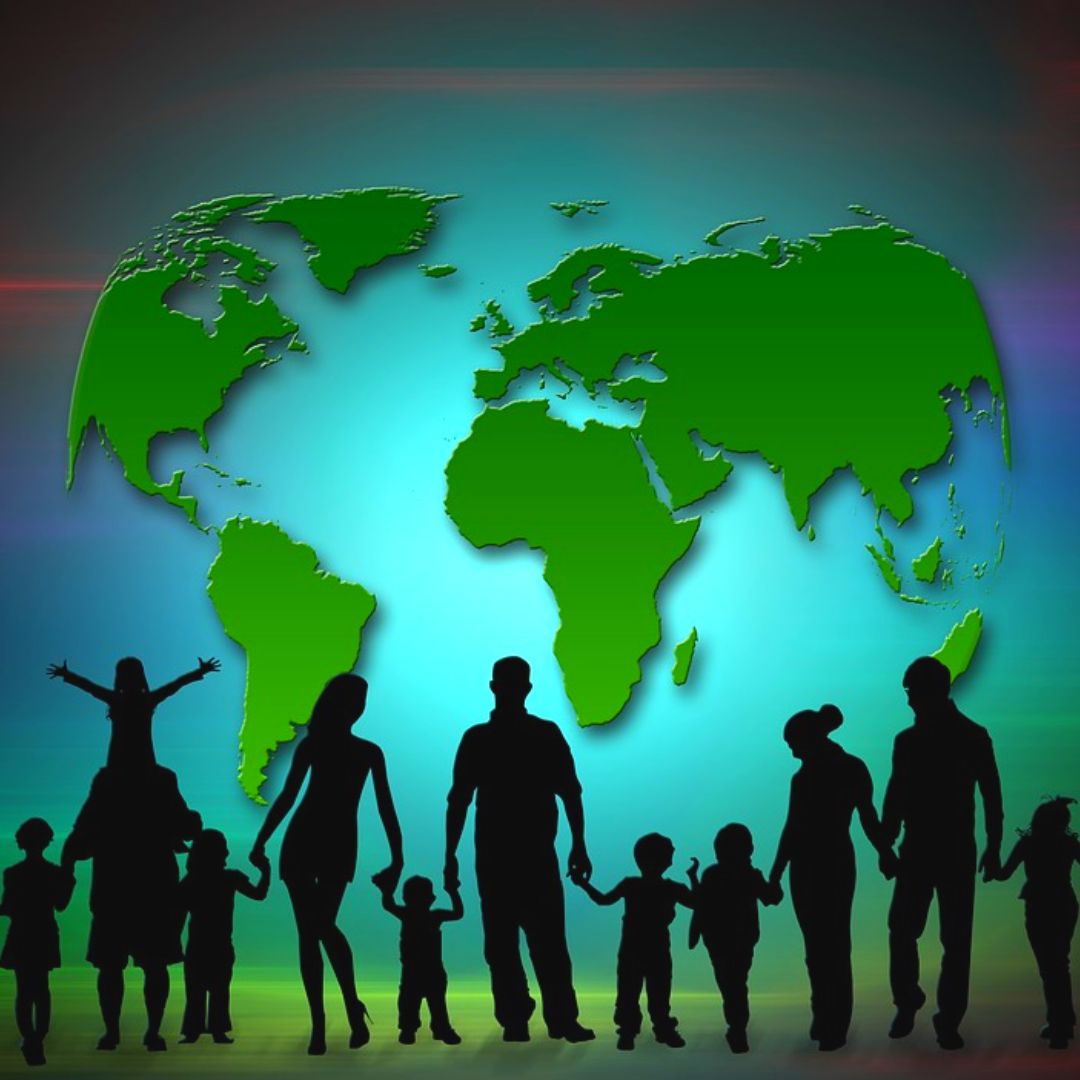
Image Credit- Pixabay (Representational)
Finding Home For 30 Million Abandoned Children: How Can India Attain High Adoption Level?
India, 25 Oct 2022 7:48 AM GMT
Creatives : Shiva Chaudhary
A post-graduate in Journalism and Mass Communication with relevant skills, specialising in content editing & writing. I believe in the precise dissemination of information based on facts to the public.
The 30 million orphaned and abandoned children need to be moved off the streets to institutionalised care and a supportive and protective womb of a family because children thrive better and are emotionally stable only in a loving family environment.
Despite several historical precedents of child adoption, India remains a resident of the idea of adoption. According to CARA, currently, there are only 28,501 prospective parents whose home study reports have been approved and are in queue for adopting a child as of July 2022.
Reasons For Low Level Of Adoption In India
The reasons for low levels of adoption in India can be multifold. Firstly, there aren't enough children available for adoption because the ratio of abandoned or orphaned children (30 million) to kids in institutionalised care (500 thousand) is highly unbalanced. This is further disturbed by the never-ending social stigmas of caste, class and genetics, which continue to be a significant deterrent.
Even today in the country, the majority of families and communities do not even consider the idea of adopting a child whose parental lineage is unknown. They have a deeply skewed perception toward adopting a child. They want their genes, blood and line in their child and their child to carry their legacy. This mindset needs to change because, in the end, even the biological children ultimately do not belong to their parents after they turn to adulthood.
Secondly, there is a lack of consideration among infertile couples themselves. Ironically, while on the one hand, there are millions of children without parents, on the other, there is an increasingly rising number of infertile couples.
According to the Indian Society of Assisted Reproduction, 27.5 million couples or almost one in six couples living in urban India, have fertility issues. At the same time, All India Institute of Medical Sciences data depicts that about 10-15 per cent of couples in India have fertility issues. While on the other hand, the 30 million orphaned and abandoned children, too, need to be moved off the streets to institutionalised care and a supportive and protective womb of a family because children thrive better and are emotionally stable only in a loving family environment.
Approach Towards Addressing The Issues
The first two issues may be referred to as "The Chicken and Egg" situation. The best strategy in such cases is to adopt either Push or Pull approach. A complex problem like this requires a heavy demand-driven institutional pull which can be easily done through Citizen-Private-Government-Institution (CPGI) Model.
India has been advocating and implementing the development goals, which focus on improving literacy rates, quality of education, reducing the gender gap, reducing hunger or malnourishment, infant mortality rates etc. However, these goals are for children who are already in the institutional system or belong to a family unit, irrespective of their demographic or economic strata.
Adopting a Child must also be one of the Goals of international institutions like the United Nations. NITI Aayog and United Nations International Children Emergency Fund (UNICEF) signed a Statement of Intent (SoI) on the Sustainable Development Goals (SDGs) with a focus on children to understand the multidimensional attainments and deprivations among children across health and nutrition, education, water and sanitation, household living standards and protective environment.
We also need to look at successful programs like the organ donation institutionalised movement named "Organ India" to spread awareness of organ donation and transplantation through social media, films, animation, radio, television, blogs etc. They also conducted sessions in schools, colleges, hospitals, corporates, housing societies/welfare associations etc., across India. They even conducted pledge program campaigns involving celebrities who themselves vowed to donate their organs and further influenced citizens to pledge.
We require a movement like this, for example, "Adopt India", which addresses the need gaps, sanitises social stigma and also puts adoption as the "First Consideration" ahead of other alternatives like Surrogacy or In-Vitro Fertilization (IVF).
Corporate India can include additional perks and benefits to employees for adopting children, like maintaining fitness, involving in social causes or even providing direct financial returns in the form of cash or shares.
There is a strong need to conduct a detailed study on the middle-class childless couples who thrived to achieve success, map their attitudes towards adoption, create archetypes and draw strategies for channelising adoption consideration among the largest segment in India.
India will continue to be one of the youngest countries till 2050. For any country, children are their future capital asset who require guided nurturing if this demographic advantage is to be reaped. Hence it is essential to realign our policies towards children to give them a life, a chance to explore opportunities rather than risking or wasting altogether.
 All section
All section













